How To Knock Down Chronic Neck Pain
Over the last few months, we’ve definitely become a little more sensitive to the notion that life can suddenly take a turn for the WTF just happened … unexpected. What’s a little more predictable is that if you’ve ever suffered from neck pain, you know how it can turn your world upside down just like, you know what. Although there isn’t a solution for the latter, the good news is, I’ve assembled a sensible guide to help you be less likely to suffer from unnecessary spikes in chronic neck pain again.
Connecting the Dots: The Relationship of the Neck & Shoulders
Despite the difference in the anatomical terms of the neck and shoulders, the shoulders are the hips of the upper body. Before we evolved to become bipedal beings, we were walking around and supporting ourselves with appendages that we now use to do everything from paddling and pull-ups to feeding & grooming ourselves. So not only does our upper body have a pretty robust capacity to handle significant workloads and tasks that demand precision, it also functions the same way the hips function in generating power and maintaining the stability of the spine.
Creating proximal stability (core to sleeve, from trunk to limb) is a self-correcting strategy to limit & prevent insulting shearing forces to the spine. This means that we need to consistently find ways to better the relationship of the shoulder on the body in order to optimize neck position.
With this in mind, let’s see how you stack up.
Breath Check
The way you take in air can be a contributor of chronic neck pain.
Take a deep breath. If it looks and feels like you could win a neck-flexing contest, this could be an indicator that you depend way too much on accessory muscles like the scalenes, SCM, levator scapula and traps to ventilate. These breaths are usually shallow and rapid.
While this strategy may be ideal to lift something heavy, during efforts of peak exertion or to handle a stressful situation, it’s not an ideal way to ventilate at baseline since it’s estimated that the average person takes 20,000 breaths per day.
What we also know is that shallow and rapid breaths shift us into a sympathetic state of arousal. A constant and heightened state of arousal will repeat the cycle of accessory muscle breathing patterns.
Due to the attachments of these accessory muscles, it can lead to chronic over tension that pulls the head forward on the neck, elevates the shoulders and creates slack along the shoulder girdle. To top it all off, it’s a less efficient and sustainable position to generate and maintain peak power from.
Put Things Back Where They Need to Be
Fitting in with our systems approach, we have to look upstream and downstream. Where’s your head at? If it’s resting in a position that’s led forward by the chin, there’s a greater likelihood that there’s adaptive shortening of the soft tissue where the head meets the neck. If your shoulders are elevated and forward, then that can be a signal that there’s adaptive shortening where the shoulders meet the spine. Take the handbrake off these positional restrictions to improve movement.
More Rotation, More Better
A common missing link to the ideal neck and shoulder relationship is incomplete shoulder external rotation, at end range. The reason why this is important is that shoulder rotation generates torque. Torque assists the floating bones of the shoulders (scapula) to attach to the body which results in removing slack out of passive structures like nerves, fascia, and ligaments. When slack is removed, it makes it easier to keep the head and neck in the best position possible. Again, when we relate this to generating torque at the hip and bracing, it ultimately results in little to minimal deflection of spine position and in this case, head & neck position. The rotation primer is a super sneaky way to dial in shoulder torque in positions of weakness.
Breath Check 2
Since we’re on the theme of core-to-sleeve-stability, we have to go back and re-visit breathing to assess how well we use the main muscles of respiration which are the diaphragm and the intercostals.
Now instead of taking in a breath that’s initiated by neck and shoulder movement, make a note about what happens to your position when your breath is initiated through the belly and ribs. Can you initiate your breathing 3-dimensionally into your belly, expand sideways by the ribs or do you notice that your chest and shoulders kick in to do the bulk of the work? What happens to the head & neck position? Most of you will find that by honing in on the ability to use the diaphragm and intercostals to breath, it will also serve as an auto-correcting cue to put you in an optimal position from head to tail.
This applies no matter what position our arms are in. Missing movement vital signs in the Overhead, Press, Hang or Front Rack archetypes can contribute to a stacking dysfunction, making it more difficult to maintain head position.
With so many moving parts in the play, it can get a bit overwhelming to know if what you’re doing is “right”. A way to provide some real-time feedback on whether you’re in an optimized shape or not is to be able to fully breathe and fill into 3 general zones – the belly, ribs, and upper back, no matter what position you’re in.
Beef Up Your Upper Back
Simply being able to get into end range positions is not the End Game. Having a robust and strong system throughout is essential. I’m a huge believer that we have to be hanging from a bar, doing pull-ups, climbing, crawling, downward dogging to challenge all archetypes under load. I also feel that at baseline, we all should be able to handle loads and support our arms in the overhead position. Although not sexy, these exercises help to reinforce the principles of torque, head position in a variety of different arm angles, and levers. You can also layer in speed and breathing to beef things up.
Crossover T’s
Crossover W’s/Y’s
Crossover Angels
Crossover OHS
Be Less Sympathetic
According to the British Medical Journal (bmj.com), depression, anxiety, poor coping skills, somatization, sleep disorders, smoking, and a sedentary lifestyle are risk factors for neck pain so it would be irresponsible to exclude the importance of downregulation practices into our daily routine.
Find a restorative practice or routine that allows you to shift the needle back towards a state of feeling safe in your own skin. Pranayama and nostril breathing have been shown to assist in parasympathetic arousal. Mediation also has similar effects. Pressure-based soft-tissue work has also been linked to higher HRV (heart rate variability) scores and an increase in vagal tone.
Chip Away
Anything worthwhile takes time. Run yourself through these steps and checkpoints to see where things can be improved. We all can do something today to make ourselves better than we were yesterday because in the end, isn’t this what this game is all about?

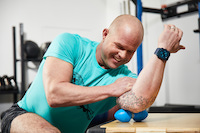
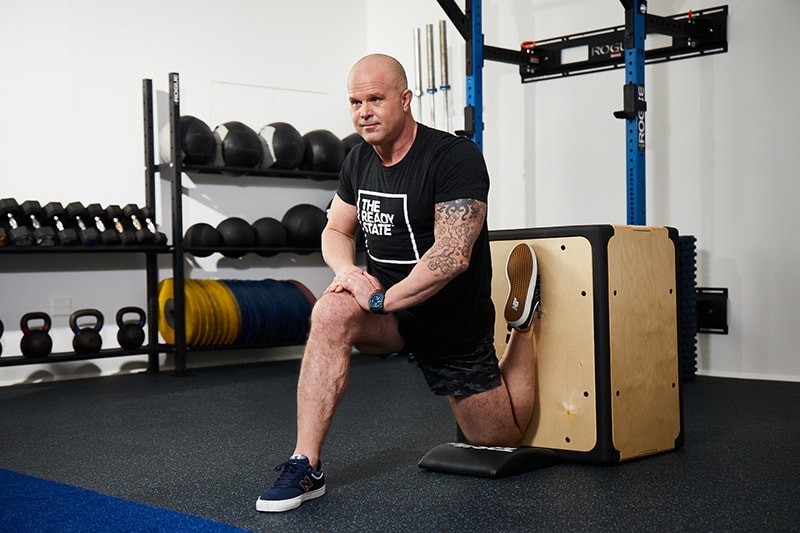
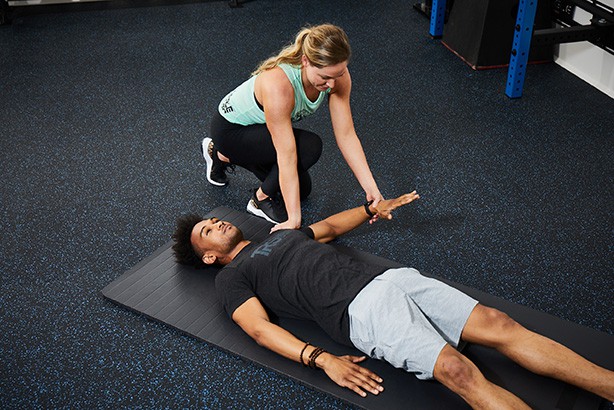
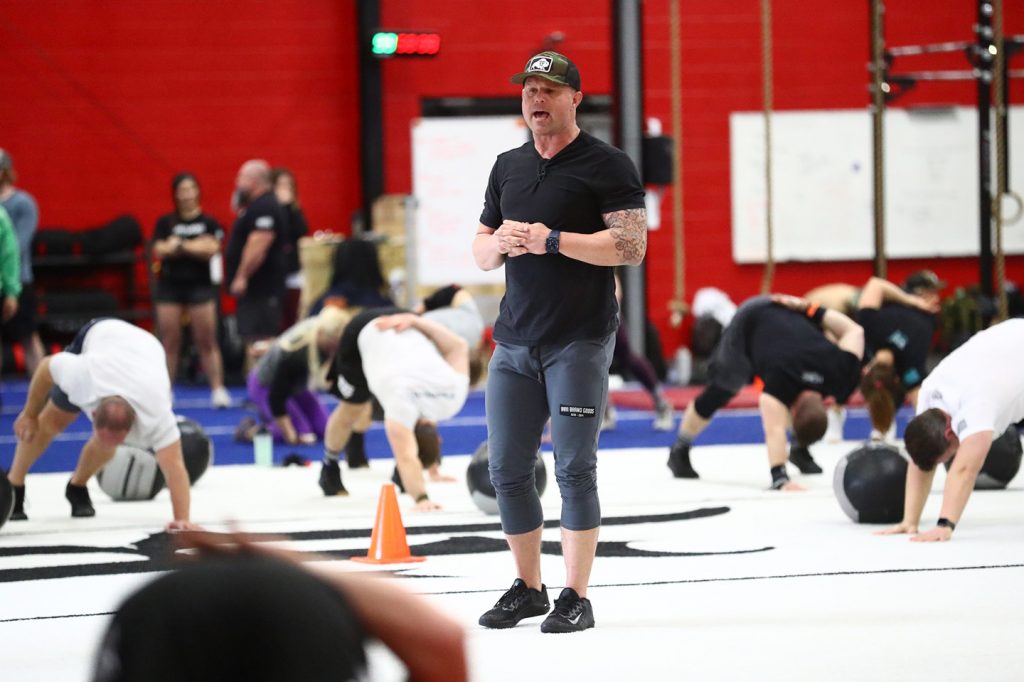
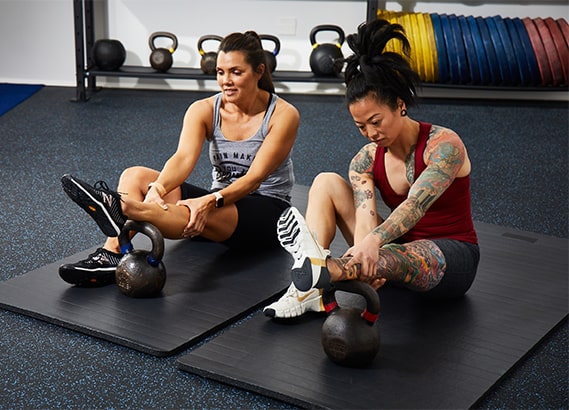
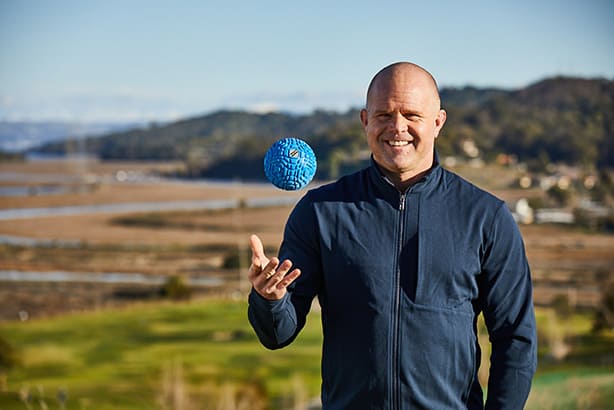
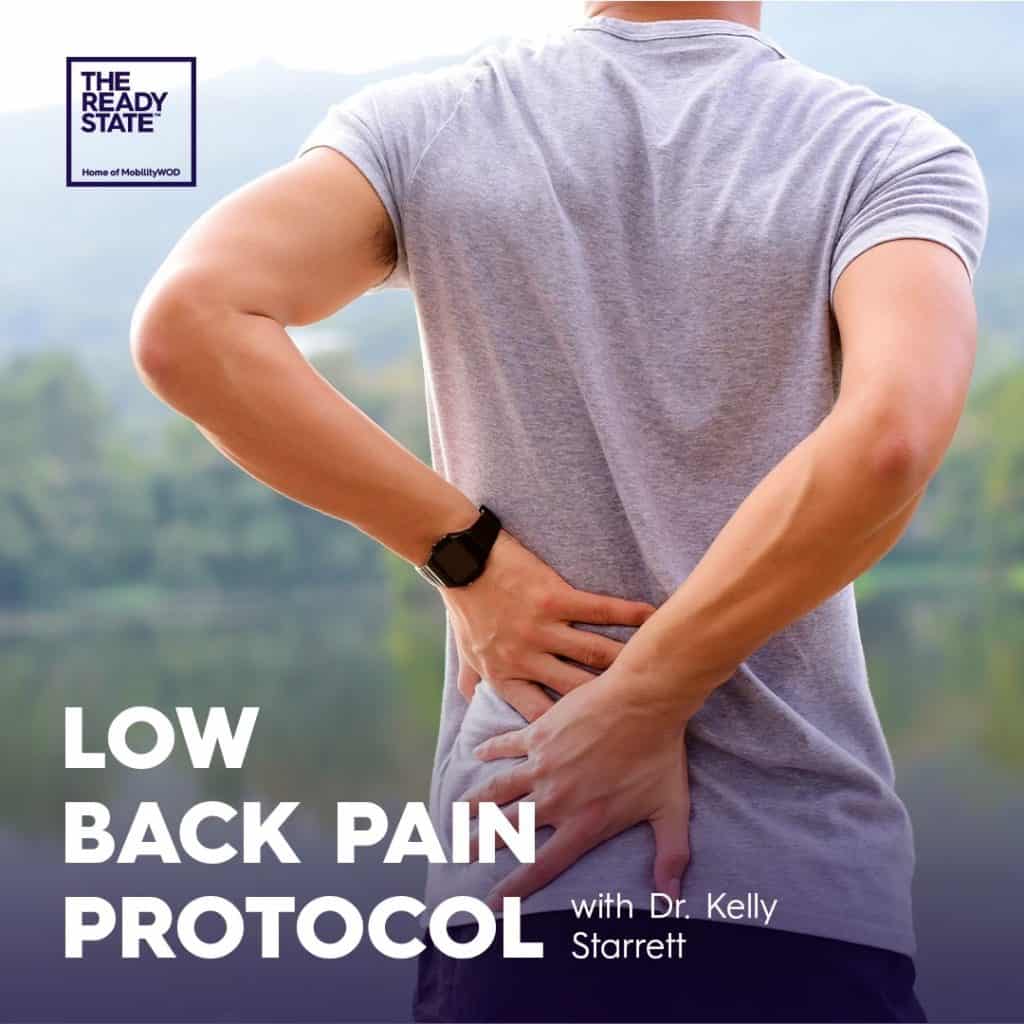

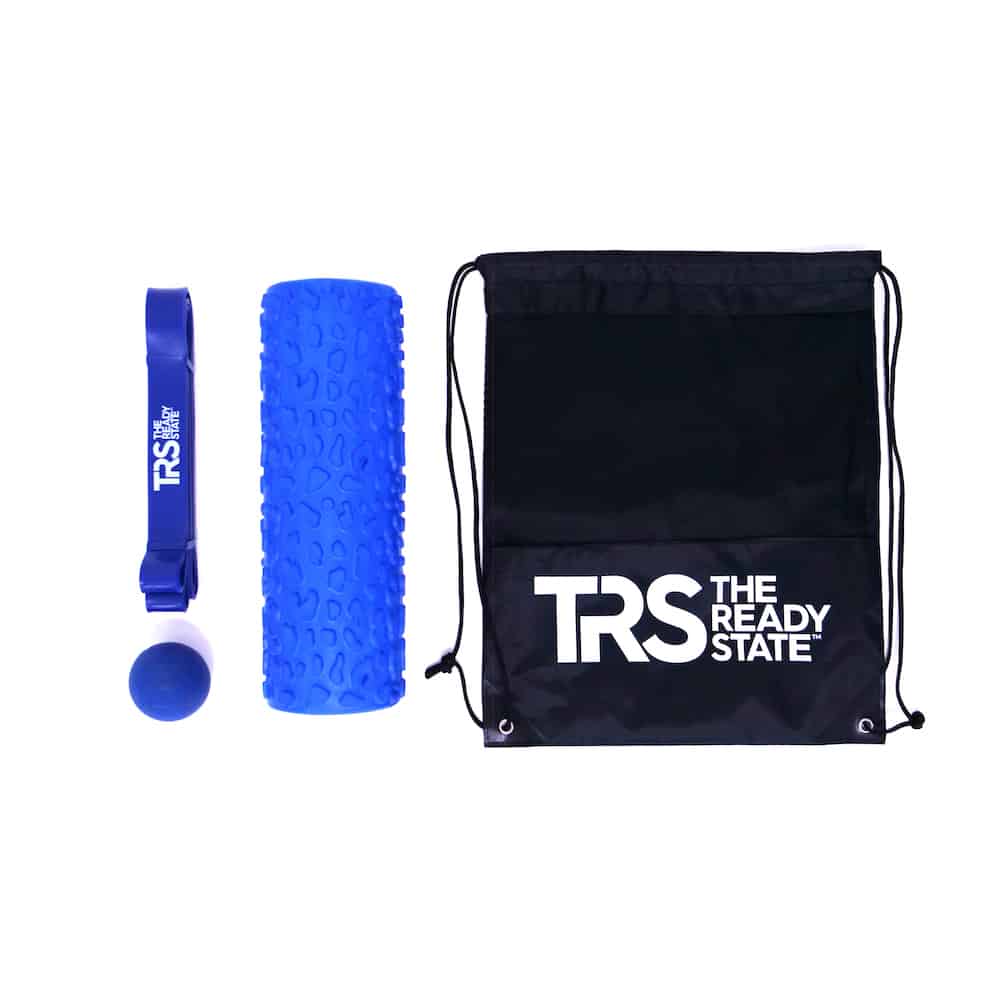
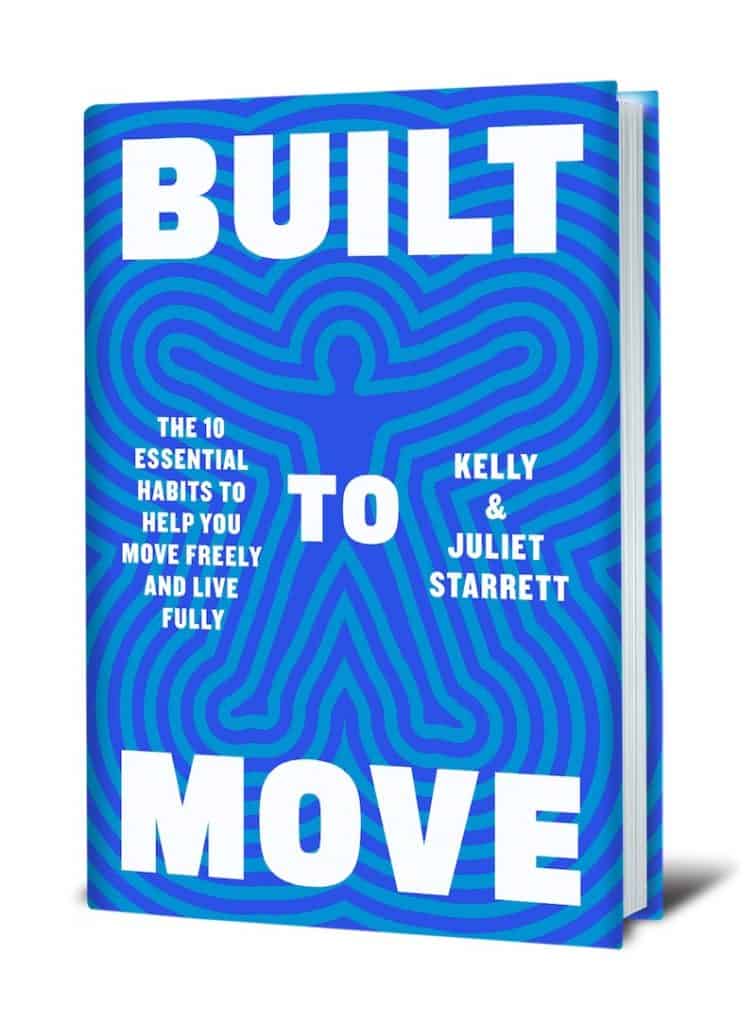

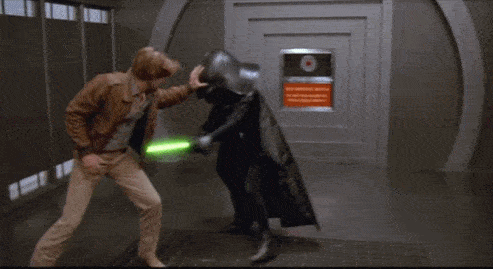






TRS Virtual Mobility Coach
Guided mobilization videos customized for your body and lifestyle.
FREE 7-Day Trial